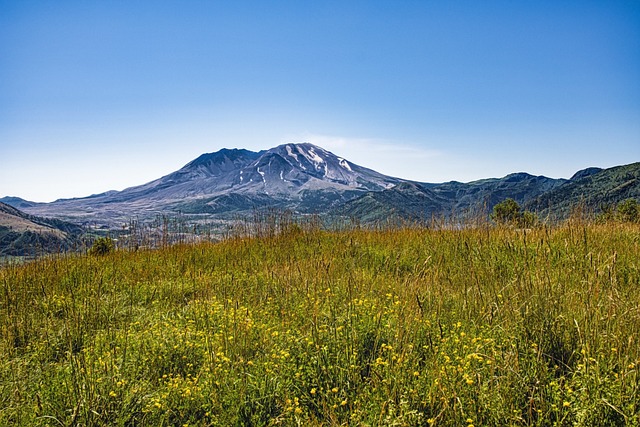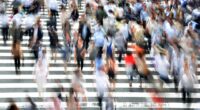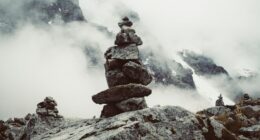Dormant volcanoes are inactive but could erupt, while extinct volcanoes have no recorded activity for a long time and are unlikely to erupt again.
TL;DR Dormant volcanoes Vs. Extinct volcanoes
An extinct volcano is one that has not erupted in thousands of years and is unlikely to erupt again in the future. These ancient giants stand as remnants of a bygone era, their fiery fury long extinguished.
A dormant volcano is still considered active but has been inactive for an extended period. It could awaken at any moment, reminding us of its formidable power.
What is a volcano?
A volcano is a geological formation where molten rock, ash, and gases erupt from beneath the Earth’s surface. This volcanic activity can create new landforms, such as mountains and islands, and has both destructive and constructive effects on the surrounding environment.
What is an extinct volcano?

An extinct volcano refers to a volcano that is no longer active and unlikely to erupt again in the future. These volcanoes have been dormant for thousands or even millions of years without showing any signs of volcanic activity.
characteristic of an extinct volcano
One characteristic of an extinct volcano is its lack of seismic activity. Unlike dormant volcanoes that may experience occasional tremors or small eruptions, extinct volcanoes remain quiet and motionless.
Another distinguishing feature is the absence of heat. Extinct volcanoes no longer emit any volcanic gases or steam due to the cessation of magma movement beneath them.
What is a dormant volcano?

A dormant volcano, also known as a sleeping volcano, is a fascinating geological feature that can be found in various parts of the world.
Unlike an active volcano, which erupts frequently and poses an immediate threat, a dormant volcano is currently inactive but has the potential to become active again in the future.
Dormant volcanoes are like ticking time bombs, quietly resting for long periods of time before showing any signs of activity.
Characteristics of Dormant volcanoes
One key characteristic that sets dormant volcanoes apart from extinct ones is their ability to awaken and reignite with volcanic activity.
While it’s difficult to predict exactly when or if this will happen, there are usually warning signs such as increased seismic activity or changes in gas emissions that indicate the possibility of an upcoming eruption.
Some famous examples of dormant volcanoes include Mount Vesuvius in Italy and Mount Rainier in Washington State. These majestic peaks stand tall and seemingly peaceful today but hold within them immense power accumulated over centuries.
Dormant volcanoes Vs. Extinct volcanoes – Key differences
| Aspect | Dormant Volcanoes | Extinct Volcanoes |
|---|---|---|
| Activity | Inactive but potentially active again | No recent activity and unlikely to erupt |
| Eruption Risk | Could erupt in the future | Virtually no chance of erupting again |
| Time Frame | Recent volcanic activity, historic eruptions | Long period without eruptions |
| Geological State | Still has some volcanic activity potential | Minimal to no internal heat or activity |
| Monitoring | Often monitored for signs of reactivation | Not actively monitored due to low risk |
| Examples | Mount St. Helens, Mount Vesuvius | Quillagua, Mount Buninyong |
| Impact | Can pose eruption threats in the future | Considered geologically inactive |
| Landform | Maintains volcanic structure | May erode and lose distinct volcanic form |
Image Credits
Featured Image By – Julius Silver from Pixabay
Image 1 By – Erik Tanghe from Pixabay
Image 2 By – Ken Haines from Pixabay








